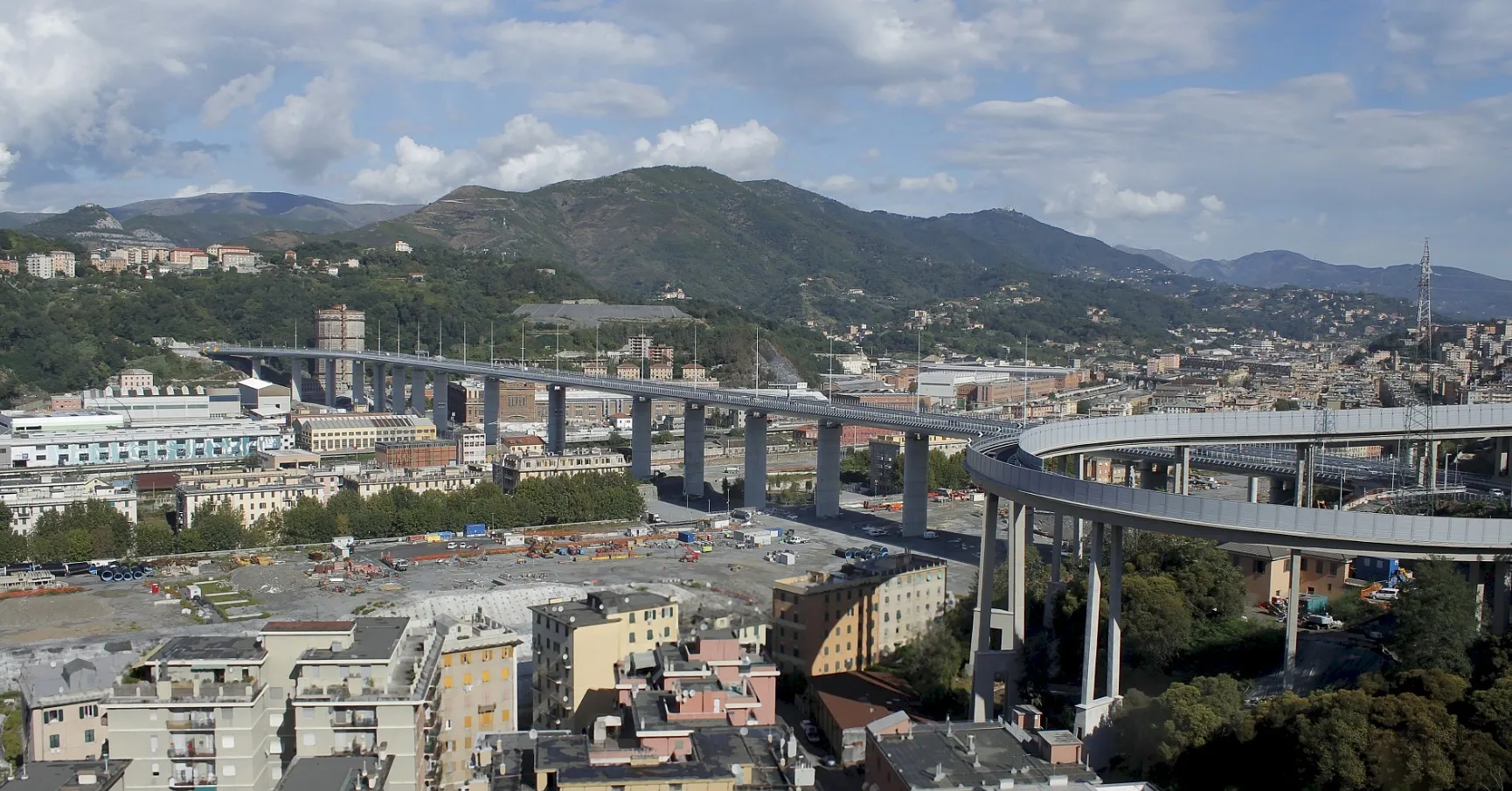
Italian camera specialist Tattile has installed four cameras on Genoa's new San Giorgio Bridge as part of an improved structural monitoring system.
The old Morandi Bridge collapsed in August 2018, killing 43 people.
The new construction includes sensors beneath the platform to detect movements on the road deck, along with the Tattile Vega Basic cameras mounted above the bridge to monitor traffic flow and detect vehicle number plates.
The idea is that this combination creates an early warning system regarding the bridge's stability and can be used to plan infrastructure maintenance.
The Tattile cameras are connected to a Weigh in Motion system designed by iWIM, which detects and records axle and gross weight of vehicles as they pass over a sensor integrated in durable steel plates on the road surface.
Data from the sensors and cameras is sent to a central server to give a clear picture of what is happening on the bridge at any time.
Tattile says that while the old bridge was equipped with basic motion sensors under the road to detect movement of the deck, they were not able to trace the causes of the movements.
"By integrating WiM technology with the combination of Tattile Vega Basic cameras on the new San Giorgio it is now possible to correlate structural deformations to the weight that weighs on the infrastructure, and to trace the weight load caused by individual vehicles crossing it," the company concludes.








